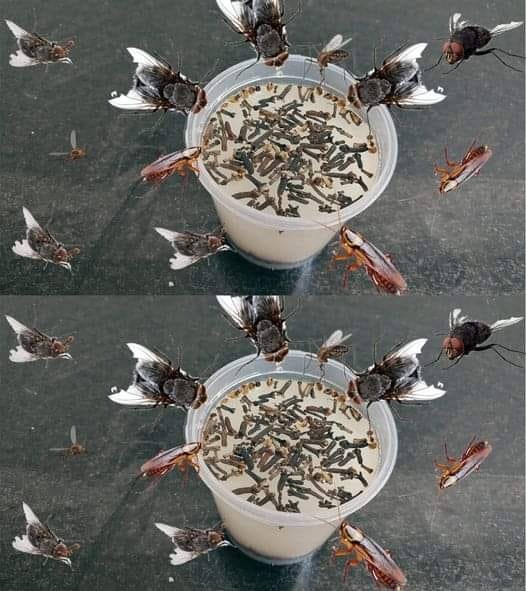Materials You’ll Need
- Baking soda (1 cup)
- White vinegar (1 cup)
- Boiling water (2-3 liters)
- A funnel (optional, for precision)
- A plunger (optional, for stubborn clogs)
- Rubber gloves (optional)
Step 1: Assess the Clog
Before starting, identify the severity of the clog. If the water is draining slowly, this method should work effectively. However, for completely blocked pipes, you might need to repeat the process or use a plunger beforehand.
Step 2: Remove Visible Debris
If possible, remove any visible debris near the drain opening. Use a pair of gloves to clear away hair, food scraps, or grease buildup. This step ensures the solution can reach deeper into the pipes.
Step 3: Boil Water
Heat 2-3 liters of water until it reaches a rolling boil. Boiling water helps to loosen grease, soap scum, and other debris lining the pipes. Keep the water aside for later use.
Step 4: Pour Baking Soda
Pour 1 cup of baking soda directly into the drain. Baking soda is a natural deodorizer and cleaning agent that helps break down grime and neutralize odors. Use a funnel if needed to avoid spills.
Step 5: Add Vinegar
Slowly pour 1 cup of white vinegar into the drain. The combination of baking soda and vinegar creates a fizzy reaction that loosens clogs and dissolves buildup. Be careful not to pour too quickly to prevent overflow.
Step 6: Let It Sit
Allow the mixture to sit in the drain for 15-30 minutes. This resting time is crucial for the chemical reaction to work its magic, breaking down the debris causing the clog.
Step 7: Flush With Boiling Water
Carefully pour the boiling water down the drain. This final step flushes out loosened debris and clears the pipes. Pour the water slowly and steadily to avoid splashing.
Optional Step: Use a Plunger
If the clog persists after one cycle, use a plunger to dislodge remaining debris. Plunge gently but firmly for 10-15 seconds, then repeat the process with baking soda and vinegar if necessary.
Preventive Maintenance Tips
To avoid future clogs, adopt these simple habits:
- Use Drain Strainers: These prevent hair, food, and debris from entering the drain.
- Regular Cleaning: Pour a cup of baking soda followed by vinegar down the drain monthly to maintain cleanliness.
- Avoid Pouring Grease: Never pour oil or grease down the drain; let it solidify and dispose of it in the trash.
- Flush with Hot Water: Weekly, pour hot water down the drain to dissolve minor buildup.
When to Call a Plumber
If the clog persists after multiple attempts or if you notice water backing up in other drains, it might indicate a more severe issue in your plumbing system. In such cases, professional help is necessary.
Conclusion
Cleaning your drains and pipes doesn’t have to be a daunting task or require a plumber’s expertise. This natural, budget-friendly method using baking soda and vinegar is effective, safe, and simple to follow. With regular maintenance and preventive care, you can keep your plumbing system running smoothly, saving time and money in the long run.






